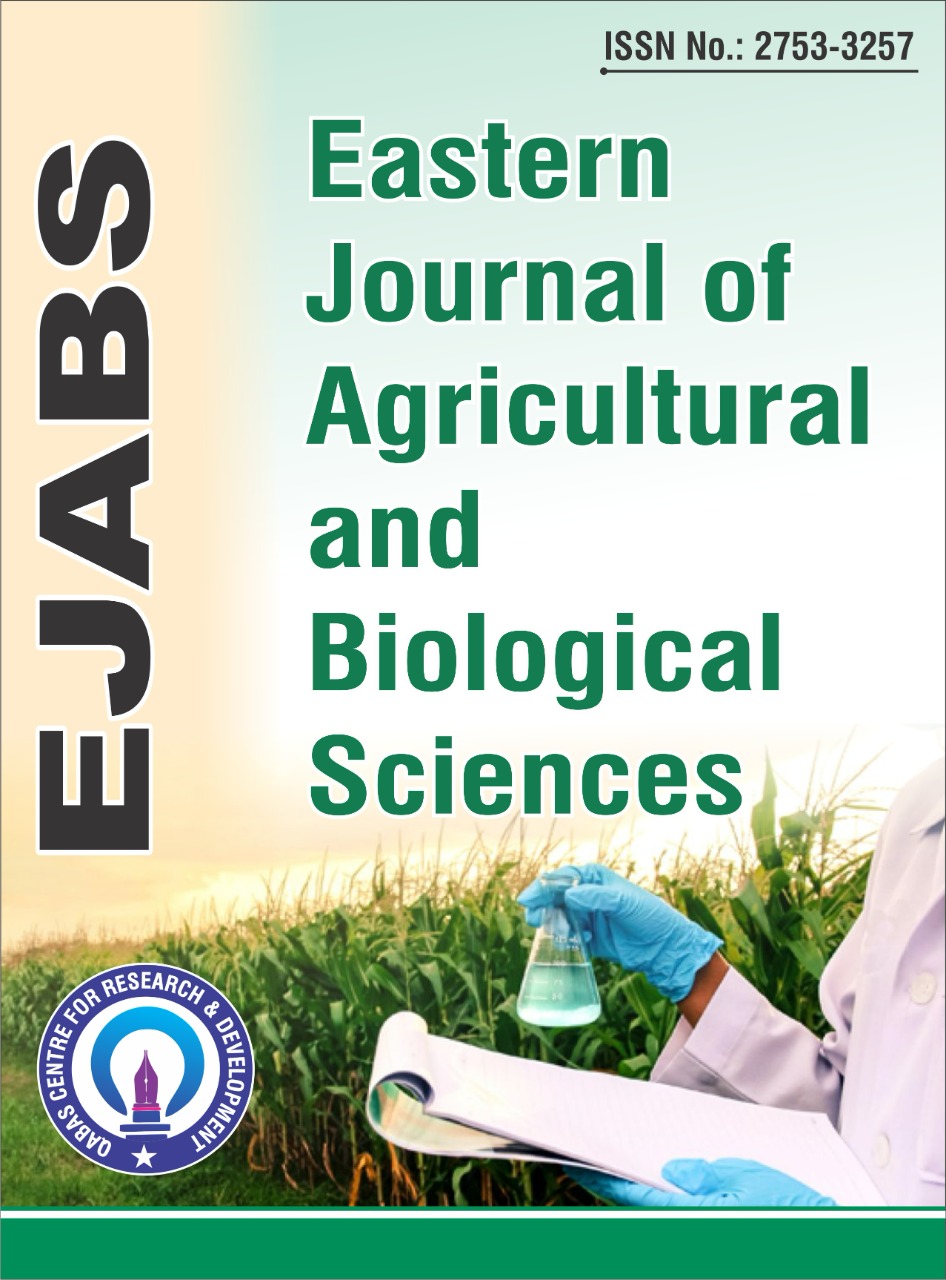Estimation of some non- routine biomarkers in serum of patients in the final stage of chronic kidney disease in Basrah Province
Abstract
Chronic kidney disease (CKD) is a reduction in renal function manifested by a GFR of less than 60 mL/min per 1.73 m2 or kidney damage marker, or maybe both, last about 3 months, regardless of actual cause. Based on Available global health estimates, this disorder was responsible for 864 226 mortalities. A case control study included 30 CKD patients and 30 healthy subjects as a control group who visited Al-Basrah Teaching Hospital in AL -Basrah province between October 2021 and February 2022. The Age average for study population was (25-60) years. Serum levels Human AVP, ADMA, KIM-1, HCY, UMOD, SDMA was measured by A Sandwich-ELISA technique. The results demonstrated a significant increase in homocysteine, SDMA, ADMA, AVP and KIM-1 (P < 0.05), and significant decrease in the levels of UMOD of patients with CKD compared to the control (P < 0.05). According to results, we conclude hyperhomocysteinemia occurs in chronic- and end-stage kidney disease. Uromodulin serves as a robust biomarker for kidney function and allows the identification of early stages of CKD. As a marker of tubular secretion, it might represent remaining nephron mass and therefore intrinsic “kidney function” rather than just glomerular filtration. ADMA and SDMA play a critical role in the process of endothelial dysfunction, and are considered markers of oxidative stress. Increasing of arginein vasopressin and kidney injury molecule-1 suggesting their role in the pathogenesis of deterioration of renal function.









